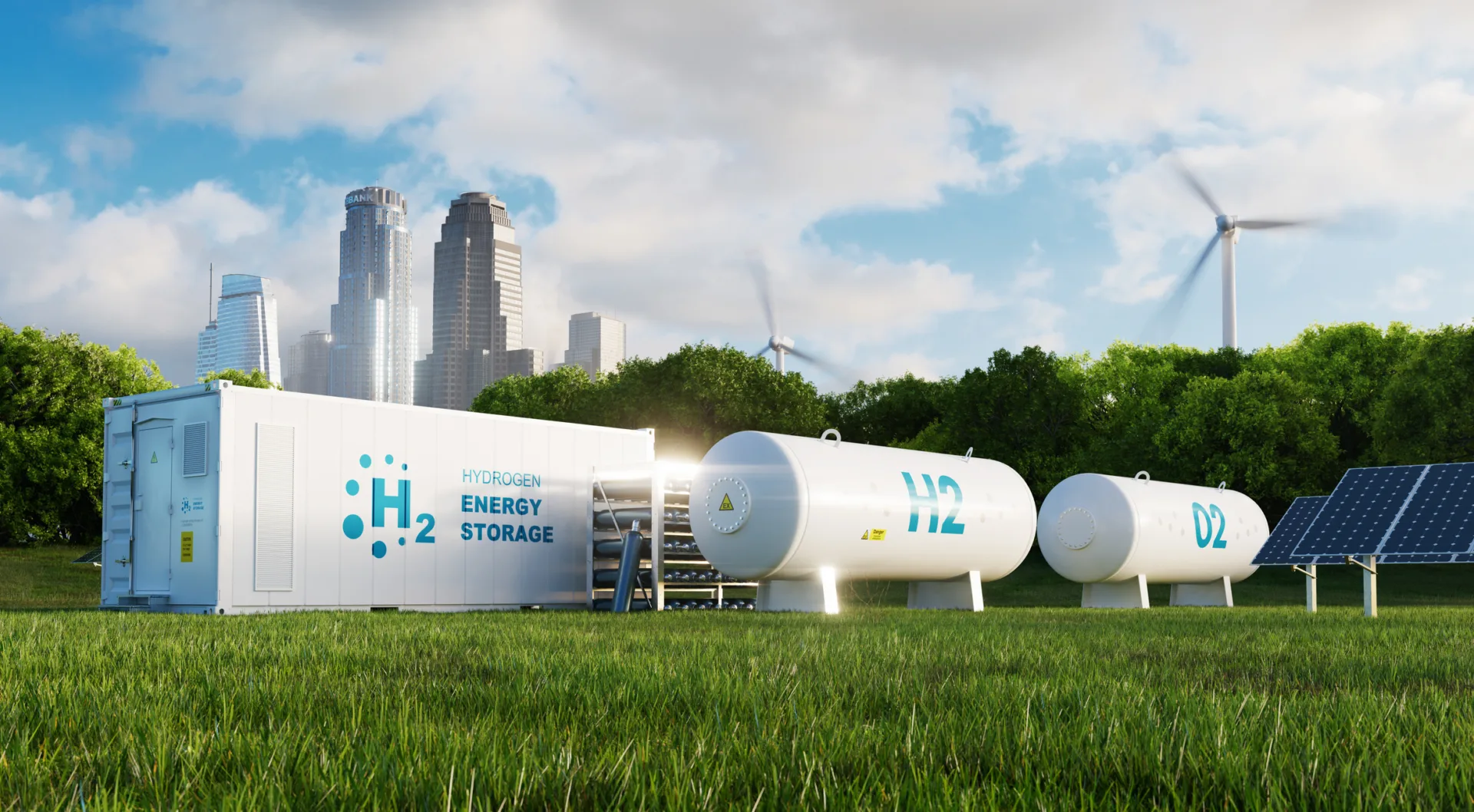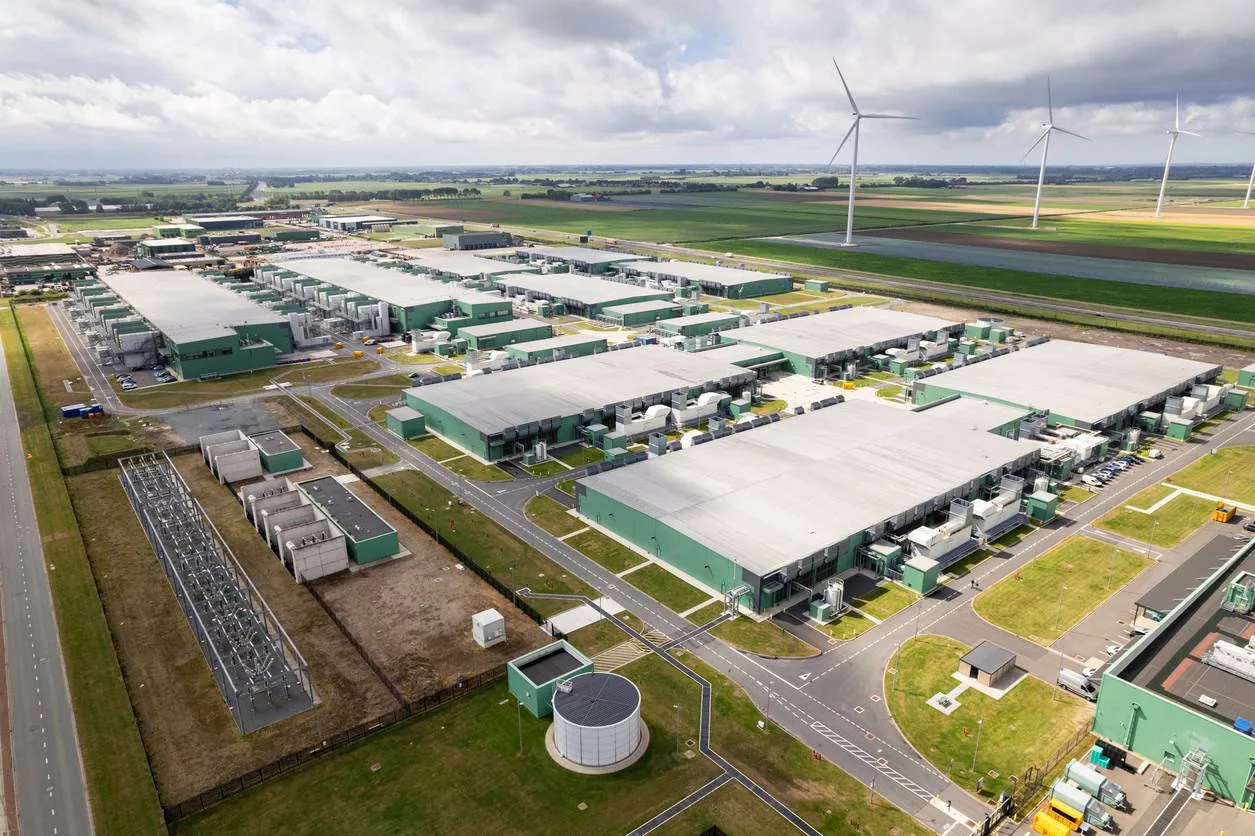
In 2023, the U.S. Environmental Protection Agency administered $250 million within the Climate Pollution Reduction Grants (CPRG) program to support states, municipalities, territories and tribes in developing comprehensive plans to address climate change. It is a pivotal strategy for the United States under the Paris Agreement, aiming for substantial greenhouse gas (GHG) reductions by 2030. The scope of CPRG is momentous, funding the development of over 220 climate action plans, identifying strategies that can significantly reduce carbon footprints and contributing to the global effort to limit temperature rise to below 2 Celsius.
The CPRG program will also deliver $4.6 billion in competitive implementation grant funding later this year toward priority and shovel-ready projects. This is a tailored approach, recognizing the unique challenges and opportunities across the U.S., from the Alaskan glaciers to the Florida Keys. Ongoing funding will be crucial for adapting to evolving challenges, addressing the disproportionate impact of climate change on vulnerable communities and capitalizing on new opportunities in clean energy and technology sectors.
The architecture, engineering and construction (AEC) industry stands at the forefront of helping these jurisdictions through offering innovative, sustainability-focused solutions. Engineering firms are pivotal in supporting climate action through:
- Technical expertise. AEC firms can offer expertise in assessing GHG emissions, designing energy-efficient systems and implementing renewable energy solutions; support the development of mixed-use urban plans that promote public transit options; adopt design approaches that consider sustainability from the onset; conduct risk assessments to help communities understand potential climate impacts and develop strategies to mitigate these risks; develop resilient infrastructure to withstand these impacts; and embrace innovative technologies.
- Project implementation. AEC firms can oversee the construction of green infrastructure, renewable energy systems installation and decarbonization measures; adopt construction methods that minimize waste and pollution, use sustainable materials and reduce energy consumption process. This includes adopting technology like building information modeling to enhance efficiency and to monitor and evaluate effectiveness with data analytics, helping municipalities make informed decisions and continuously improve their climate action strategies.
- Education, training and advocacy. AEC firms can provide ongoing education and training for professionals; advocate for policies and regulations that support sustainable development, including incentives for green infrastructure and renewable energy; and facilitate workshops and forums to engage communities in the planning process, ensuring that climate action plans are inclusive and reflect the needs and priorities of all stakeholders.
- AEC firms can help municipalities navigate the complex landscape of grants and financial incentives, ensuring that communities can secure the necessary funding to bring their plans to fruition.
A challenging journey lies ahead for all of us to achieve the nation’s ambitious goals of reducing GHG emissions to 50–52% below 2005 levels by 2030, but CPRG is poised to lead the way. As we look to the future, AEC firms have a golden opportunity to support local communities and governments, acting as a driving force for meaningful change. By empowering local entities to take bold actions in lowering GHG emissions, AEC firms not only contribute to meeting these critical targets but help communities breathe easier, ensuring a healthier environment for future generations.
Contact Amanda Polematidis at apolematidis@hanson-inc.com to learn how Hanson can help with lowering GHG emissions and pursuing funding for these projects.





